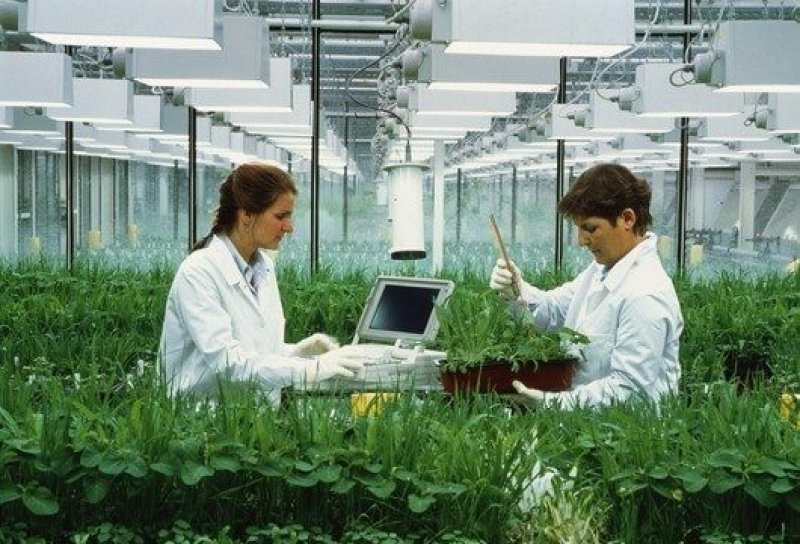Popular proposals to cut food’s large environmental footprint rest on the idea that we have all the technologies and information we need. All we need is to pay farmers to store carbon in the soil, stop eating meat, and convert farms to organic. At best these ideas are insufficient; at worst they’re counterproductive.
Food and farming has an outsized environmental footprint. The transport, storage, disposal, and — most especially — the production of food account for nearly 25% of U.S. and 33% of global greenhouse gas emissions.
…
Investing in agricultural research … cuts food’s environmental footprint, helps meet growing global food demand, and boosts farmers’ bottom line. Publicly funded agricultural R&D, primarily conducted in universities and government institutions, is a major source of new agricultural technologies and knowledge.
…
Agricultural economist Uris Baldos and I show in a new paper that doubling public R&D spending would reduce land use over 40 million acres, about the size of Iowa; cut GHG emissions over 100 million tons per year; and more than double U.S. crop exports by 2050.
Yet funding for U.S. public agricultural R&D has stagnated in recent decades. This is in sharp contrast with funding growth in other regions, particularly China, where total public agricultural R&D has surpassed that of the U.S. since 2008.
…
Fundamentally, R&D should be central to any proposal for agricultural climate mitigation.
Read the original post































